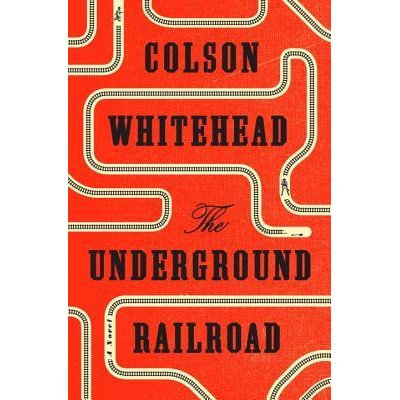 The Underground Railroad is a book to be reread. Once is not enough. It fulfills the paradox of very good novels. They give life to those who never lived. They are resurrectionists of the forgotten dead and creators of those never born but anonymous and alive. They give names to some and also draw forth the actions of the unnamed.
The Underground Railroad is a book to be reread. Once is not enough. It fulfills the paradox of very good novels. They give life to those who never lived. They are resurrectionists of the forgotten dead and creators of those never born but anonymous and alive. They give names to some and also draw forth the actions of the unnamed.
In Whitehead’s pre-Civil War America, slavery is the defining reality: “In America the quirk was the people were things” (6). Its “travesties so routine” they have been made normal to its white owners and enforcers and most of those who live by its side (15). In one North Carolina town, the central park is a place of children’s play, band concerts, and organized lynchings of runaway slaves and white station-masters of the underground railroad. One may smile and laugh and kill, one as easily done as the next. The commonplace pleasures of life have been integrated into terrible scenes of punishment and retribution. In this America, as it does everywhere and in every time, “racial prejudice [rots] one’s faculties” (269).
Whitehead’s Railroad is the real thing, tracks and engines buried beneath the earth, built by slaves as a part of a secret resistance. The engines circulate throughout the south (and north), but there is no map. No one can be certain where all the branch lines can be found.
His central character is Cora, a resilient woman, furious and persevering. We follow her from plantation to escape to false refuge, massacre, further escapes. She is our guide. Around her revolve minor characters who stay with your memory: Ridgeway, the slave-catcher, Royal, the free man who has never had to bow down, an Irish serving girl, poisoned by her racial resentment. Many others and always the communities of slaves who “by making a circle of themselves separated the human spirits within from the degradation without” (28).
This book is also the answer to any who say that history does not matter. The novel observes the echoes of atrocities done in the name of white supremacy: the Tuskegee experiments, the erasures of black communities in Tulsa and Rosewood and the presence of lists, Cora’s list of those who were kind to her, of “people she had loved [and] who had helped her [and of] the ones who had disappeared’ or been murdered (215). The other lists too: “List upon list crowded the ledger of slavery. The names gathered first on the African coasts in tens of thousands of manifests. That human cargo. The names of the dead were as important as the names of the living, as every loss from disease and suicide — and the other mishaps labeled as such for accounting purposes — needed to be justified to employers. At the auction block they tallied the souls purchased at each auction, and on the plantations the overseers preserved the names of workers in rows of tight cursive. Every name an asset, breathing capital, profit made flesh” (215).
Whitehead’s novel won the 2016 National Book Award. I think it will be read 100 years from now because his resurrections are so successful and indelible.
This is worth reading: The Perilous Lure of the Underground Railroad by Kathryn Schulz